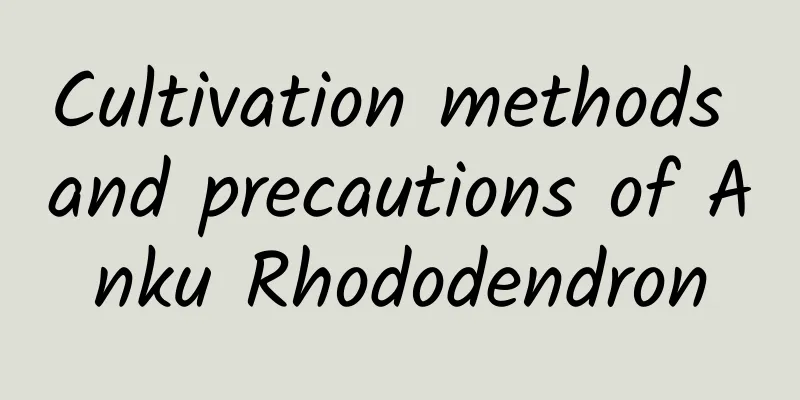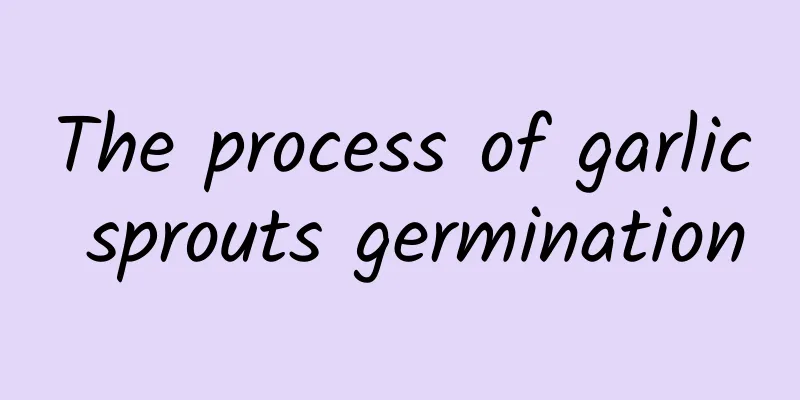How to grow Chlorophytum and Pothos and precautions

Growth habits of Chlorophytum comosumChlorophytum comosum likes warm, humid semi-shady environment, and is suitable for growing in loose, fertile, well-drained soil. It cannot tolerate direct sunlight and is best maintained in an environment with strong scattered light. If it is not exposed to the sun for a long time, the internodes will become slender and weak, and the leaves will become thinner and lighter. The best cultivation temperature for Chlorophytum comosum is between 20-24℃. Chlorophytum comosum cultivation methodChlorophytum comosum and Chlorophytum comosum cannot tolerate direct sunlight, and are suitable for maintenance in places with sufficient scattered light. During normal maintenance, the soil needs to be kept slightly moist and the temperature can be controlled between 20-24℃. If the temperature is low in winter, measures need to be taken in time to keep warm. Thin fertilizers should be applied in time during the growing season. Foliar fertilizers or liquid fertilizers should be used as the main fertilizer. Watering Chlorophytum comosumDuring the maintenance of spider plants and green radishes, the soil should be kept moist, but water should not accumulate to avoid affecting the growth of the roots. In addition, the frequency of watering can be increased in summer, and the amount of watering should be strictly controlled in winter to keep the soil slightly dry. Fertilizing Chlorophytum CorydalisIt is best to use granular fertilizer when fertilizing spider plants and green radishes. You can choose organic fertilizer or controlled-release fertilizer, apply small amounts frequently, and apply thin fertilizer each time. Do not use concentrated fertilizer. Chlorophytum comosum pruningThe dense and long branches and leaves of spider plants and green radishes should be trimmed to promote the sprouting of new branches and maintain the overall shape. The yellow leaves and sick and weak branches of the green radish should also be trimmed regularly to avoid consuming more nutrients. The pruning length should be shortened appropriately in winter. You can cut off one-half to two-thirds of the stems of the plant. New leaves will soon grow and cover the entire palm column. Precautions for the maintenance of Chlorophytum comosumChlorophytum and Chlorophytum need to be repotted in time during their growth period. Stop watering a few days before repotting to facilitate removing the plant from the pot. After taking out the plant, you can keep some of the original soil. Also, be sure to cut off the rotten and dried roots. It is best to soak them in a solution of carbendazim. After drying, you can put them directly into the pot. You can add a little base fertilizer to the soil. |
<<: Lily of the valley growth environment conditions and characteristics
>>: How to maintain and pay attention to the bonsai of ash tree
Recommend
What to do if the tips of orchid leaves turn black
1. Adjust the temperature Reason: Orchids are not...
Can orchids be grown in pine needles?
Can orchids be grown with pine needles? Pine need...
When is the best time to plant crabapple seeds
Begonia seeds planting time Begonia is a perennia...
When are bananas harvested? Harvest season and time
Banana harvest time Bananas generally mature from...
How to grow small gourds on the balcony
Tool Preparation First, you need to prepare some ...
Is Milan suitable for indoor cultivation?
1. Is it suitable? The answer is yes. This is tru...
When is the best time to sow cosmos?
1. When to plant It is best to plant it at the be...
Can ginger be grown with fertilizers containing chlorine (Can ginger be grown with compound fertilizers containing chlorine)?
Is chlorine-containing fertilizer suitable for gi...
Taboos of drinking water soaked with gardenia, how to drink water soaked with gardenia
1. Taboos of drinking soaked water 1. Do not drin...
How to treat diseases and pests of thorny roses
Diseases The first disease is called "black ...
How many years does the crabapple tree bear fruit?
Introduction to Planting Crabapple Trees Begonia ...
Can I plant an osmanthus tree in front of my door?
Can I plant an osmanthus tree in front of my door...
Canna Planting Method and Time
1. Planting time When planting, you must choose a...
What fertilizer is best for growing sweet potatoes? (What fertilizer is best for growing sweet potatoes to produce more fruits and higher yields)
Sweet potatoes, as the most popular "fourth ...
What are the benefits of watering flowers with sugar water? Which flowers are best watered with sugar water?
Benefits of watering flowers with sugar water Whi...









